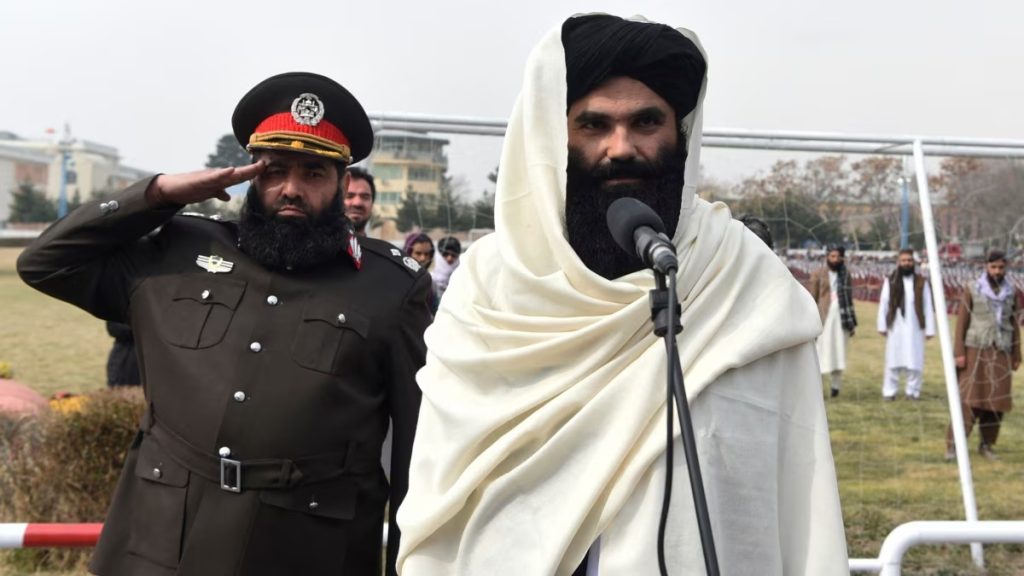In the year since the Taliban seized control of Afghanistan, the world has watched closely as the group reestablished its rule over the country. While much of the global focus has been on the regime’s treatment of Afghan citizens, particularly women and girls, a much deeper issue is quietly unfolding within the Taliban’s ranks.
The prolonged absence of Sirajuddin Haqqani, a key leader of the Haqqani network, has raised serious questions about the internal dynamics of the Taliban’s leadership. His absence is no mere logistical oversight—it’s a glaring sign that something deeper is at play within the group.
The crux of the issue lies in the growing power struggle between factions within the Taliban, with the Kandahar-based hardliners increasingly sidelining Haqqani and his more moderate stance. Once thought to be a unifying figure, Haqqani’s inability to be seen in major official activities or decision-making processes signals a fracture within the group’s leadership. While the world has focused on the Taliban’s hardline policies, few have paid enough attention to the internal strife that could shape the future of Afghanistan.
In recent months, the Kandahar faction has made it abundantly clear that they are the ones holding the reins of power. Key decisions, including the controversial implementation of the Purification Law (PV law) and the tightening of the Economic and Civil Liberties (ECL) measures, have been enacted with little to no input from Haqqani’s network.
These actions suggest a clear and deliberate effort by the Kandahar faction to assert dominance, overshadowing other factions, including Haqqani’s, in the process. The centralization of power in Kandahar hints at a greater political maneuver to consolidate authority and ensure that any factions or leaders who may disagree with their hardline stance are pushed aside.
Haqqani, who has historically been a prominent figure in Afghanistan’s security landscape, has remained largely silent on matters of policy, despite his significant role in the government. His previous comments on issues such as girls’ education and the role of international NGOs hinted at a more pragmatic approach, one that could have potentially garnered some international support.
However, the Kandahar faction has adopted a starkly different approach, one that is rigid, uncompromising, and deeply ideological. This growing divide within the leadership speaks volumes about the internal rifts within the Taliban—a rift that is not just about political disagreements but about fundamental ideological differences.
The absence of Haqqani in any major policy discussions or platforms is not just a personal decision—it’s a sign of deeper dysfunction within the Taliban leadership.
If there were no real ideological differences within the Taliban, then why has Haqqani been absent for so long? Why hasn’t he spoken out on the numerous issues the group is currently facing, including the management of the economy, the question of international recognition, or the treatment of Afghan citizens? His silence on these matters is a stark contrast to the once influential voice he held in the group.
Haqqani’s absence, particularly his prolonged stay outside Afghanistan, has led many to speculate that there is significant mistrust and even political maneuvering at play within the Taliban’s inner circle. If the Taliban were truly united as they claim, Haqqani would have played a more prominent role in the official decision-making processes. His absence speaks to the reality that even within the ranks of the Taliban, loyalty is fragile and power struggles are inevitable.
One of the most striking aspects of the current rift within the Taliban is the ideological divide between the factions. While Kandahar’s leadership has clung firmly to its hardline beliefs—championing isolationist policies and enforcing strict interpretations of Islamic law—Haqqani had hinted at a more pragmatic approach.
His previous remarks suggested that he was open to the idea of girls’ education in certain circumstances, as well as the possibility of allowing international NGOs to operate within Afghanistan under regulated conditions. This contrasted sharply with the hardline stances emanating from Kandahar, which has shown little to no flexibility on such issues.
The ongoing friction within the Taliban leadership is, therefore, not simply a matter of political disagreement—it’s about competing visions for Afghanistan’s future. On one side, you have the Kandahar faction, which seeks to maintain control at all costs, even if it means sacrificing potential international support or legitimacy.
On the other hand, Haqqani’s network, though also deeply conservative, appears to be more open to limited reforms that could help the country reintegrate with the global community, if not for ideological reasons, then at least for pragmatic ones.
The growing divisions within the Taliban leadership have profound implications not only for Afghanistan but for the broader geopolitical landscape. The group, which once presented itself as united in its goal to rule Afghanistan under its interpretation of Islamic law, now faces a fundamental crisis of unity.
The leadership is no longer operating as a single entity; instead, it is a collection of factions vying for control and influence. This disunity undermines the Taliban’s ability to govern effectively and puts Afghanistan at greater risk of political instability.
The world has been wary of the Taliban’s ability to govern, and the ongoing infighting only reinforces this skepticism. If the Taliban cannot even trust each other, why should the Afghan people or the international community trust them? The facade of unity that the Taliban has tried to maintain is quickly crumbling, and Haqqani’s absence is a key indicator of this unraveling.
As the leadership fights among themselves, the Afghan people are left to suffer the consequences of their fractured governance.
If Haqqani’s absence is any indication, the Taliban is on the brink of a leadership crisis. This internal fragmentation could spell disaster for a group that has already shown itself to be incapable of providing stability, prosperity, or even basic human rights for its citizens. While the Taliban’s rhetoric continues to present an image of unity, the reality is far more complicated.
The growing authoritarianism of the Kandahar faction, coupled with Haqqani’s sidelining, is a sign that the Taliban’s grip on Afghanistan is not as strong as it appears. The leadership’s inability to resolve their internal disputes not only hampers their ability to govern but also weakens their legitimacy both domestically and on the international stage.
Haqqani’s disappearance from the public eye might just be the first of many cracks in the Taliban’s foundation. If this internal power struggle continues to fester, it could very well signal the beginning of the end for a regime that once prided itself on its unity. The cracks in the Taliban’s unity are wide and deep—and they may just be the first signs of an inevitable collapse.


